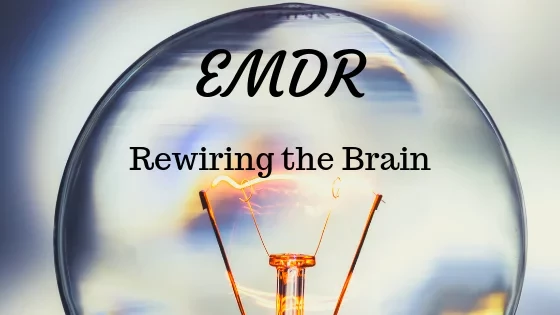
What is EMDR?
What is EMDR?
EMDR (Eye Movement Desensitization and Reprocessing) is a type of therapy that helps people who have experienced trauma or distressing life events. It was developed in the late 1980s by psychologist Francine Shapiro, who discovered that moving her eyes back and forth while thinking about a traumatic event helped to reduce the distress associated with the memory. This led her to develop a structured therapy that uses eye movements as part of the treatment process.
EMDR is an evidence-based therapy that has been shown to be effective in treating a variety of conditions, including PTSD (Post Traumatic Stress Disorder), anxiety, depression, and phobias. It is a structured approach that typically involves eight phases, which are:
-
History-taking: The therapist gathers information about the client’s history, symptoms, and current concerns.
-
Preparation: The therapist prepares the client for the treatment by explaining the process and teaching relaxation techniques.
-
Assessment: The therapist works with the client to identify the specific memory or memories that are causing distress.
-
Desensitization: The therapist helps the client to process the memory by focusing on it while simultaneously engaging in bilateral stimulation, which can include eye movements, tapping, or sounds.
-
Installation: The therapist helps the client to develop positive beliefs about themselves in relation to the traumatic event.
-
Body Scan: The therapist helps the client to notice any physical sensations related to the memory.
-
Closure: The therapist helps the client to feel grounded and stable at the end of the session.
-
Re-evaluation: The therapist assesses the progress that has been made and identifies any further work that needs to be done.
EMDR is based on the idea that trauma can get “stuck” in the brain, and that bilateral stimulation can help to unlock and process the traumatic memory. The eye movements used in EMDR are thought to mimic the REM (Rapid Eye Movement) phase of sleep, which is when the brain processes and consolidates memories.
One of the advantages of EMDR is that it can be a relatively short-term therapy. While the length of treatment will vary depending on the individual and their specific needs, some people may see improvement after just a few sessions.
In summary, EMDR is a therapy that uses eye movements and other forms of bilateral stimulation to help people process traumatic memories and reduce distress. It is a structured and evidence-based approach that has been shown to be effective in treating a range of conditions. If you or someone you know is struggling with the effects of trauma, it may be worth considering EMDR as a treatment option.